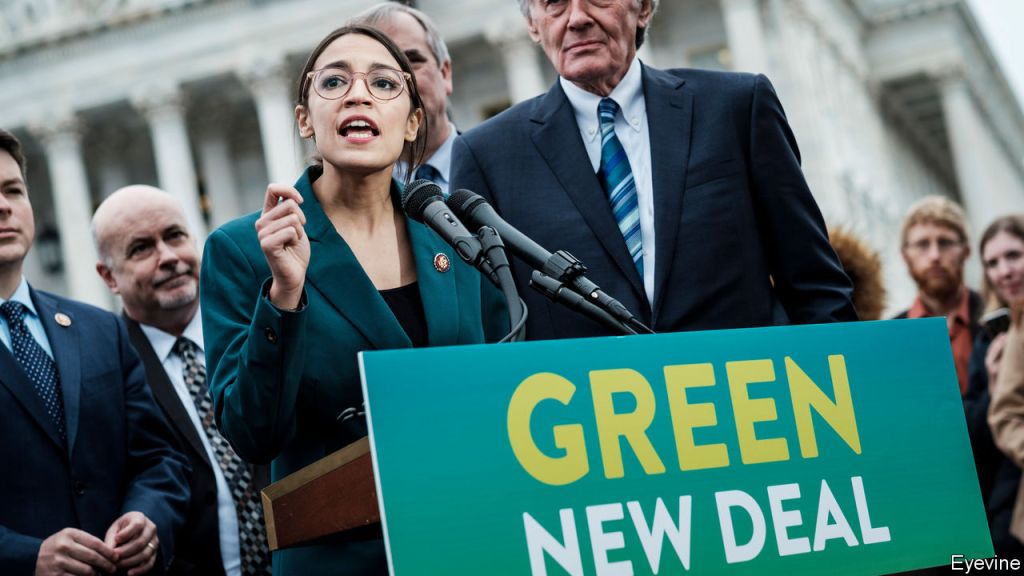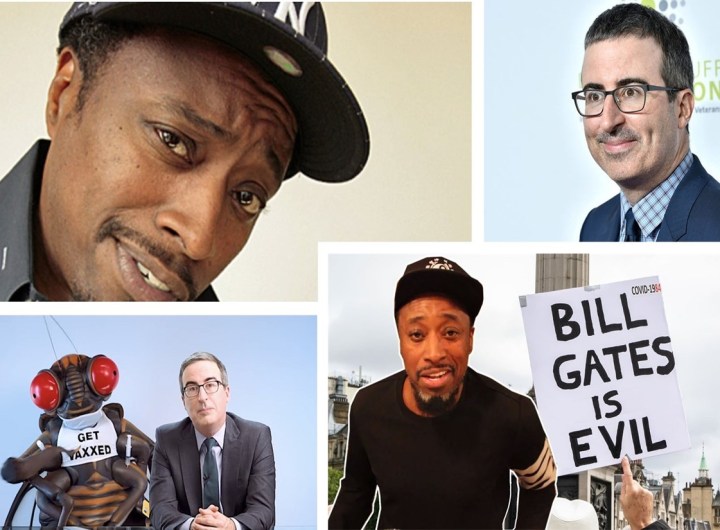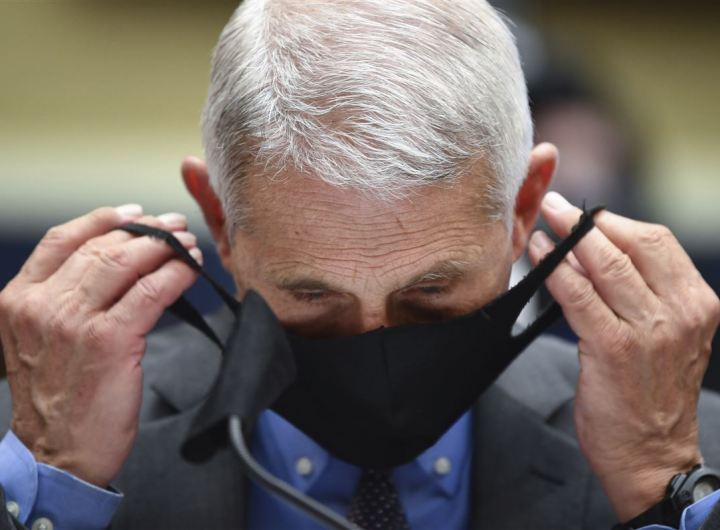
As the world is being pummeled by social and environmental crises, civilization is becoming starkly divided between a comfortable upper class and a massive underclass of disposable people. This is the consequence of creating a society where the vast majority of the resources are controlled by the rich. For just one example of the dynamic I’m describing, during last November’s California fires, the wealthy and well-off were able to escape the crisis easily. But for many of the poor people in the affected areas, safety wasn’t assured at all.
This divide between how the rich and the poor are able to respond to these disasters is fueling a transition into a dystopian future. In recent years, billionaires have been building massive, luxurious shelters that they’ll ostensibly move into after catastrophe befalls their current homes. From the efforts by plutocrats like Jeff Bezos to create secured rural compounds for themselves, to the Seasteading Institute’s mission of constructing floating cities for the wealthy to live in, the world’s elites are preparing to escape the coming calamity.
And when they escape, they’ll leave the rest of us to fend for ourselves. We know that this is what they’ll do, because this is what the super rich have already been doing in recent decades as poverty and environmental destruction have expanded. Just look at the neglect that was shown towards the poorer victims of Hurricane Katrina, or the cruelly selective attention that America gave to Iraq’s post-invasion “Green Zones” as compared to its un-prioritized “Red Zones.” This trend is the natural result of capitalism’s sociopathic disregard for the less well-off, and it’s going to continue as climate change gets worse.
“It’s easy to imagine a future in which growing numbers of cities have their frail and long-neglected infrastructures knocked out by disasters and then are left to rot, their core services never repaired or rehabilitated,” Naomi Klein has written in The Shock Doctrine. “The well-off, meanwhile, will withdraw into gated communities, their needs met by privatized providers.”
If other current trends continue, these “sacrifice zones” of lower-class crisis victims are going to be put under a totalitarian police and surveillance state. In 2016, The Intercept leaked a Pentagon video titled “Megacities: Urban Future, the Emerging Complexity.” The presentation described cities as “the future breeding grounds, incubators, and launching pads for adversaries and hybrid threats.” These “threats,” the film predicts, will be amplified by climate change, growing poverty, and collapsing infrastructure. And in order to respond to them, the narrator concludes, the United States military needs to “redefine doctrine and the force in radically new and different ways.”
As general as the video’s message is, it shows that military insiders are planning to respond to the coming crises with violent crackdowns. And we’re already seeing this ultra-militarized paradigm develop; the recent climate change hurricanes have provoked a much bigger army response than past ones have. The military budget increases, active shooter drills, ubiquitous war propaganda, police militarization, border patrol expansions, and unprecedented state surveillance are also ultimately part of this trend towards climate change-created tyranny.
As the ecosocialist Twitter pundit Sydney Azari has assessed: “Contrary to popular opinion, The U.S. is preparing for climate change. That’s what increased surveillance and border militarization are for.”
Corporations, meanwhile, are at the center of this. Weapons contractors and private prisons are massively profiting from the Trump administration’s efforts towards detaining migrants. And as more opportunities come up for policing and surveilling disaster victims, the security industry is going to work hand in hand with the state to exploit the climate crisis.
How do we fight back against this? The answer isn’t to respond to the state’s violence with counter-violence, or to retreat from politics so that we don’t have to look at what’s happening. It’s to carry out the efforts towards movement-building, lifestyle changes, and actions of civil disobedience that are required for the climate battle to be won. We need to integrate these actions in with the social justice movement, the economic justice movement, and the anti-war movement, because all of these issues are tied in with each other. Click To Tweet
In emotional terms, how we should respond to it is more complicated. No matter how hard we fight to alleviate the crisis, much of the biosphere is going to be destroyed by the damage that’s already been done to the climate. The sense of loss that this creates can be overwhelming, so much that psychologists have come to call it “ecological grief”-the feeling of mourning for landscapes and habitats that have been destroyed. But we need to confront the loss and face it collectively, because this will give us the courage to take action.
If you appreciated this article and believe in empowering truly independent journalists who can present analysis without worrying about upsetting corporate sponsors or losing access to mainstream media platforms, consider contributing on my behalf.
As discussed in our statement of purpose, we are determined to reclaim journalism from the clutches of corporatism. As such, we are driven and powered solely by the kindness and support of our readers. 100% of the proceeds of contributions to the author of this article. Click on the button above to make a contribution as you are able. Thank you for your continued support.
- America Will Likely Experience a Social Breakdown in the 2020s - December 20, 2019
- Another U.S. Regime Change Operation May Be Taking Shape in Mexico - December 13, 2019
- How Fascists Took Power in Bolivia—and How They Can Be Defeated - December 2, 2019






